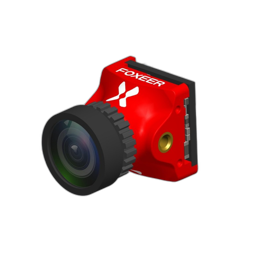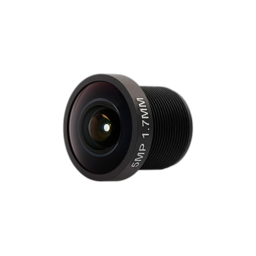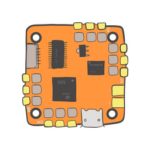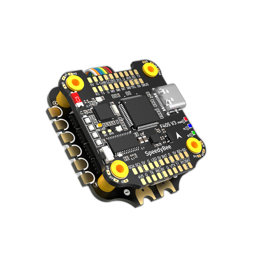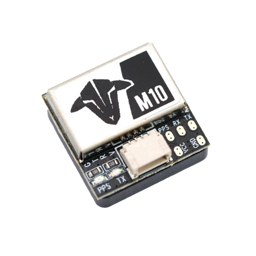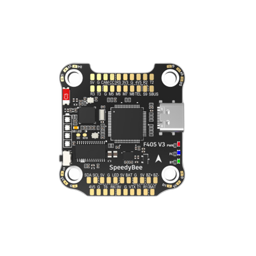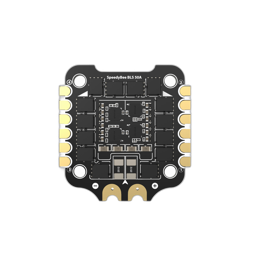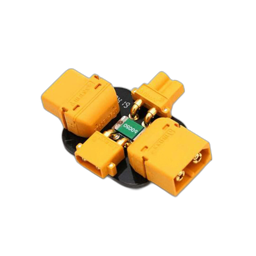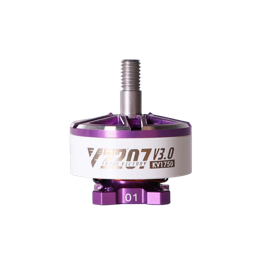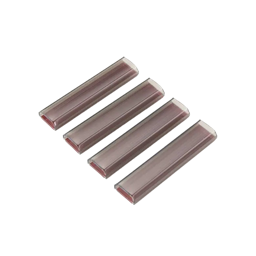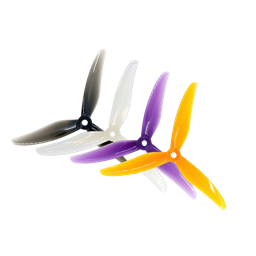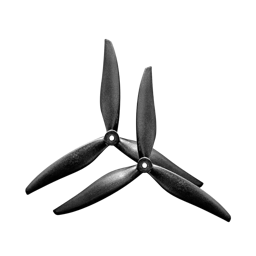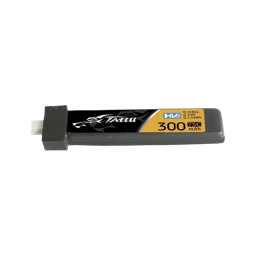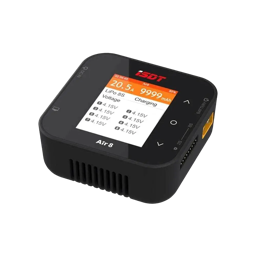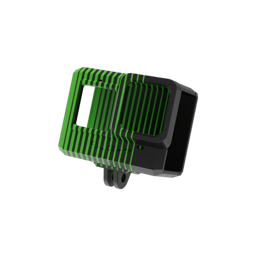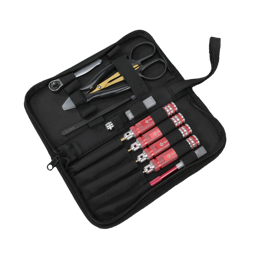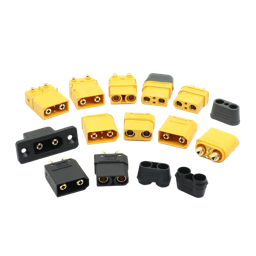How Drone Combat in Ukraine is Revolutionizing Warfare : The Rise of FPV Drones

The ongoing conflict in Ukraine has highlighted a dramatic evolution in modern warfare, particularly with the use of FPV (First-Person View) drones. Originally designed for civilian racing, these small, low-cost drones have emerged as game-changers on the battlefield. Their role in the conflict underscores a significant shift in military tactics and technology, reflecting a broader trend toward affordable, highly effective combat tools.
Here’s how FPV drones are revolutionizing warfare and their impact on modern combat strategies.
The Emergence of FPV Drones in Combat
FPV drones have quickly transitioned from hobbyist toys to potent weapons of war. These drones are controlled by ground-based pilots using a remote controller and a headset that provides a live video feed from the drone’s camera. Remarkably, the total cost of an FPV drone, including its explosive payload, can be as low as $500. This affordability makes them a viable option for widespread deployment in combat situations.
Key Features of FPV Drones in Combat:
- Affordable Precision FPV drones offer a cost-effective means of precision strikes. Their low cost allows for large-scale deployment, and they are used in kamikaze-style attacks, where the drone is deliberately crashed into a target while carrying explosives. This approach ensures high precision and can effectively neutralize high-value targets, such as tanks or artillery pieces, worth millions of dollars.
- Versatile Range and Launch Platforms These drones are launched from makeshift platforms located several kilometers from the front lines. Depending on the size of the drone, its battery capacity, and its payload, the range can vary from 5 km to over 20 km. This flexibility in range allows FPV drones to be used in various tactical scenarios, from close-range assaults to longer-distance reconnaissance.
- Real-Time Navigation and Targeting The operation of FPV drones involves a two-person team. One soldier pilots the drone using a remote controller and a headset, while another provides navigation support via a tablet with maps. This team approach ensures accurate navigation and targeting. Upon crossing the front lines, the drone pilot identifies and targets enemy vehicles or positions, aiming for vulnerable spots like open hatches or engine compartments.
- Integration with Reconnaissance Drones Targets for FPV drone strikes are often pre-identified by reconnaissance drones. These drones, equipped with high-resolution cameras, provide real-time video feeds that help locate and confirm enemy positions. The integration of reconnaissance and attack drones enhances the effectiveness of FPV drone operations, allowing for precise and informed strikes.
Impact on Modern Warfare
The widespread use of FPV drones in Ukraine has highlighted several transformative impacts on modern combat:
- Revolutionizing Combat Strategies The deployment of FPV drones reflects a shift towards more agile and precise combat strategies. These drones enable new tactics, such as precise, low-cost strikes and enhanced reconnaissance. Their ability to quickly and effectively neutralize high-value targets changes the dynamics of battlefield engagements.
- Democratization of Military Technology The affordability of FPV drones makes advanced combat technology accessible to a wide range of actors. This democratization of military technology levels the playing field, allowing smaller forces or non-state actors to deploy sophisticated tools effectively. The conflict in Ukraine exemplifies how low-cost technology can challenge traditional military power.
- Increased Scale and Integration Initially used sporadically, FPV drones are now systematically integrated into Ukrainian military units. Almost every fighting brigade includes an assault drone company, and reconnaissance drones are common in most units. This widespread integration signifies a shift towards a more drone-centric approach in modern warfare.
- Ambitious Production Goals The Ukrainian government has set an ambitious target to produce a million FPV drones in 2024, roughly twice the number of artillery shells supplied by the entire European Union over the past year. This commitment reflects the strategic importance of drones in the conflict and underscores the need for continued innovation and production in this area.
Future Implications
The extensive use of FPV drones in Ukraine is reshaping military tactics and defense planning globally. As drone technology continues to evolve, its impact on future conflicts will be profound:
- Evolving Tactics: The successful integration of FPV drones into combat operations is likely to inspire new tactics and strategies in military planning. The effectiveness of these drones in various roles will influence how future conflicts are approached and managed.
- Technological Advancements: Ongoing developments in drone technology, such as improvements in payload capacity, range, and autonomous capabilities, will further enhance their effectiveness on the battlefield. These advancements will continue to drive innovation in military and civilian applications.
- Global Military Strategies: The lessons learned from the use of FPV drones in Ukraine will influence military strategies and defense planning worldwide. Nations will likely adapt their approaches to incorporate drone technology, shaping the future landscape of warfare.
Conclusion
The use of FPV drones in the Ukraine conflict represents a significant shift in modern warfare. With their affordability, precision, and versatility, these drones are revolutionizing combat strategies and reshaping the dynamics of battlefield engagements. As drone technology continues to advance, its impact on future conflicts will be profound, influencing military tactics and defense planning globally.
The Ukrainian conflict has demonstrated that even small, low-cost technologies can have a transformative effect on warfare. As the world watches, the evolution of FPV drones will continue to shape the future of combat, highlighting the power of innovation and adaptability in modern military operations.


